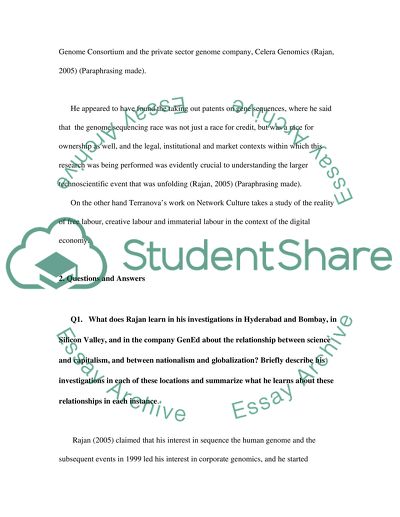Cite this document
(“Biocapital by Kaushik Rajan and the Network culture of Terranova Essay”, n.d.)
Biocapital by Kaushik Rajan and the Network culture of Terranova Essay. Retrieved from https://studentshare.org/politics/1538894-strategy-essay
Biocapital by Kaushik Rajan and the Network culture of Terranova Essay. Retrieved from https://studentshare.org/politics/1538894-strategy-essay
(Biocapital by Kaushik Rajan and the Network Culture of Terranova Essay)
Biocapital by Kaushik Rajan and the Network Culture of Terranova Essay. https://studentshare.org/politics/1538894-strategy-essay.
Biocapital by Kaushik Rajan and the Network Culture of Terranova Essay. https://studentshare.org/politics/1538894-strategy-essay.
“Biocapital by Kaushik Rajan and the Network Culture of Terranova Essay”, n.d. https://studentshare.org/politics/1538894-strategy-essay.


